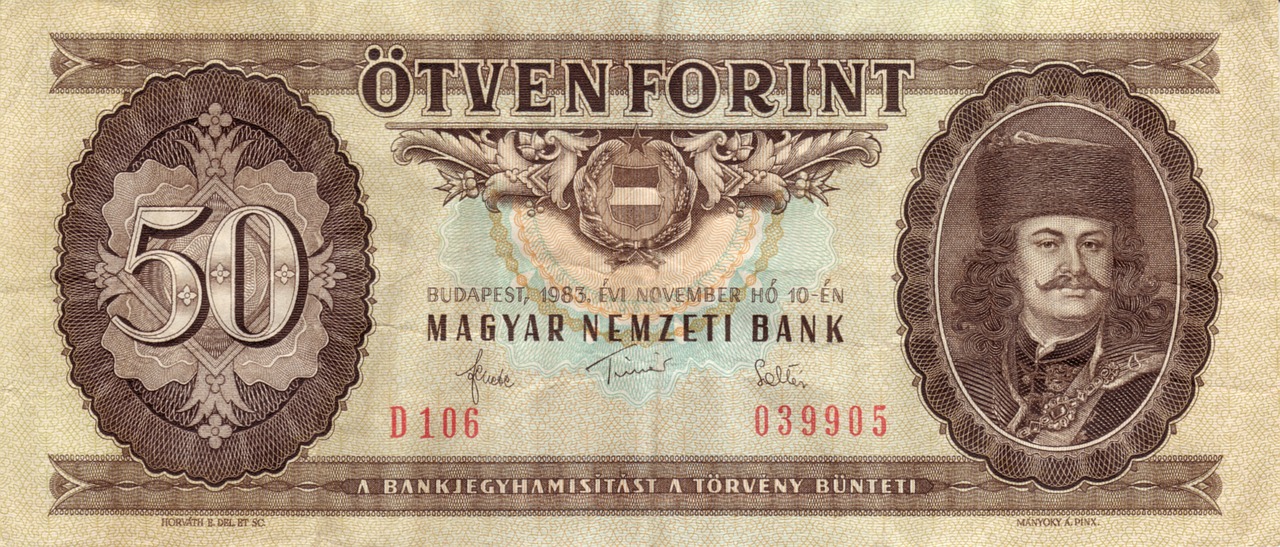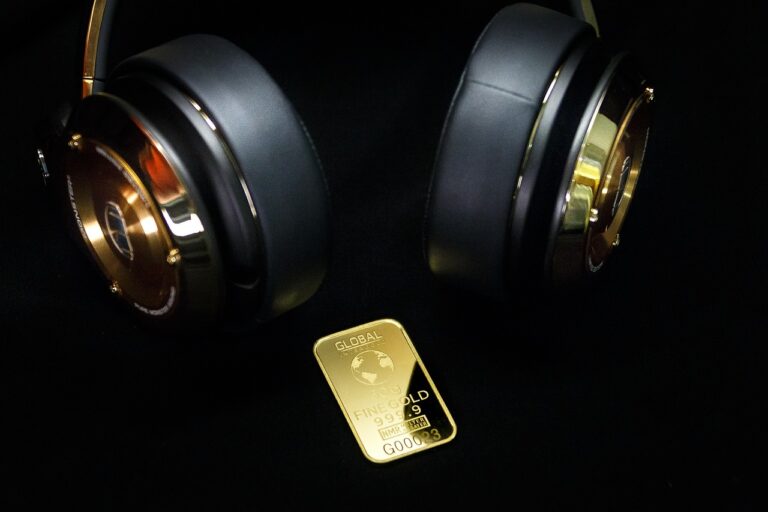A Deep Dive into the Psychology of Impulse Buying
Emotions play a significant role in driving impulse buying behavior. When individuals experience strong emotions such as happiness, excitement, or even stress, they are more likely to make impulsive purchase decisions. The emotional state of a person can override rational decision-making processes, leading them to buy items on a whim without much consideration.
Retailers capitalize on the connection between emotions and impulse buying by creating atmospheres that evoke specific feelings in customers. From using vibrant colors to playing upbeat music, these tactics are designed to elicit emotional responses that make consumers more susceptible to impulse purchases. Understanding the emotional triggers behind impulse buying is crucial for marketers to craft effective strategies that appeal to consumers on a deep emotional level.
Understanding the Role of Social Norms in Impulse Purchases
Social norms play a significant role in influencing impulse purchases. People often tend to conform to societal expectations and norms when making buying decisions, especially in social settings. The need to fit in or align with others’ behaviors can trigger impulsive buying tendencies, as individuals may feel compelled to make purchases to meet perceived social standards.
Moreover, the pressure to keep up with trends and maintain a certain image within their social circles can lead individuals to engage in impulse buying. Consumers may feel the need to purchase items on a whim to feel accepted or to showcase their social status. Thus, social norms can greatly impact impulse buying behavior by shaping individuals’ perceptions of what is considered acceptable or desirable in a given social context.
The Impact of Marketing Tactics on Impulse Buying Behavior
Marketing tactics play a crucial role in influencing consumer behavior, particularly when it comes to impulse buying. The use of persuasive techniques such as limited-time offers, flashy displays, and celebrity endorsements can trigger impulsive purchases in consumers. By creating a sense of urgency or tapping into consumers’ emotional desires, marketers are able to persuade individuals to make spontaneous buying decisions.
Moreover, the strategic placement of products in stores or online platforms can significantly impact impulse buying behavior. By strategically positioning items at checkout counters or using eye-catching visuals on websites, marketers can grab consumers’ attention and prompt them to make impulse purchases. These tactics rely on triggering impulsive reactions in consumers, leading them to buy something they hadn’t planned on purchasing.
• Limited-time offers, flashy displays, and celebrity endorsements are persuasive techniques that can trigger impulsive purchases
• Creating a sense of urgency or tapping into consumers’ emotional desires can persuade individuals to make spontaneous buying decisions
• Strategic placement of products in stores or online platforms can significantly impact impulse buying behavior
• Positioning items at checkout counters or using eye-catching visuals on websites can grab consumers’ attention and prompt them to make impulse purchases
How do emotions influence impulse buying behavior?
Emotions play a significant role in impulse buying as they can lead individuals to make spontaneous purchasing decisions based on how they are feeling at the moment.
What are social norms and how do they affect impulse purchases?
Social norms are societal expectations or rules that influence behavior. In the context of impulse buying, individuals may be influenced by what is considered acceptable or popular among their peers, leading them to make impulsive purchases.
How do marketing tactics impact impulse buying behavior?
Marketing tactics such as limited-time offers, discounts, and persuasive messaging can create a sense of urgency or desire in consumers, prompting them to make impulse purchases they may not have otherwise considered.







